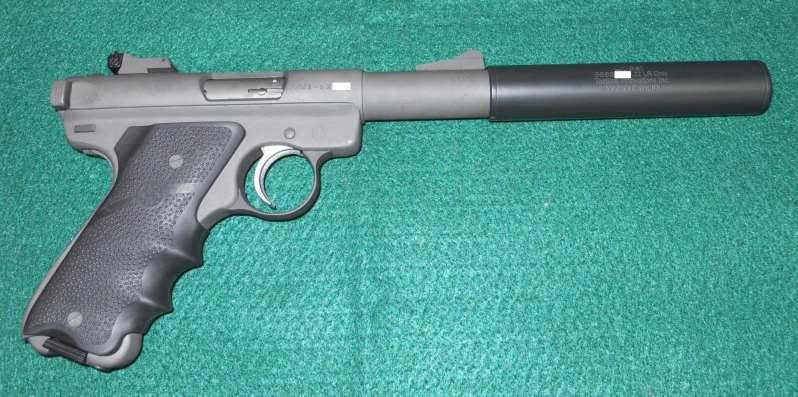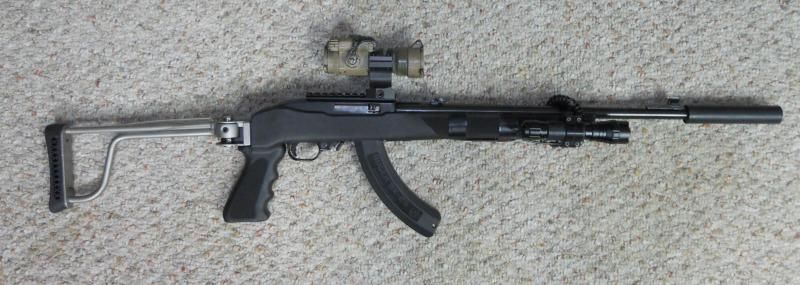Theohazard
New member
I've never heard of that manufacturer, but I can tell you what stands out about their two .22 suppressors from what I read on their website:Spats McGee said:Does anyone have any information about ARMTAC? http://thearmouryguns.com/rimfire.html Where possible, I like to buy locally, and this guy makes his suppressors in Arkansas. . .
The TC22:
-They only an claim an 18 dB noise reduction. Suppressor noise reductions vary based on different testing parameters (which is why I generally ignore them), but even a bad .22 suppressor in an unfavorable test can easily get a 30 decibel reduction or better, and a really good suppressor in a favorable test can get a 45 decibel reduction. Most good .22 suppressors these days get about a 40 dB reduction, so a claimed 18 dB reduction is terrible (and manufacturer claims tend to be high).
-The aluminum baffles aren't as durable as stainless steel and won't stand up to some of the harsh chemicals used to remove lead.
-Monocore baffle stacks tend to be easier to clean because they're all one piece, but they also tend to have more first round pop.
The FA22:
-A 28 dB reduction is better than the TC22, but it's still terrible compared to even outdated suppressors put out by other manufacturers.
-The baffles are stainless steel so they're much more durable than aluminum.
-But the baffles are still a monocore design, which tends to give more first round pop.
-And since this suppressor is sealed and can't be disassembled, the monocore design won't make it any easier to clean; it's still going to be extremely difficult to remove all the lead from inside the suppressor.



